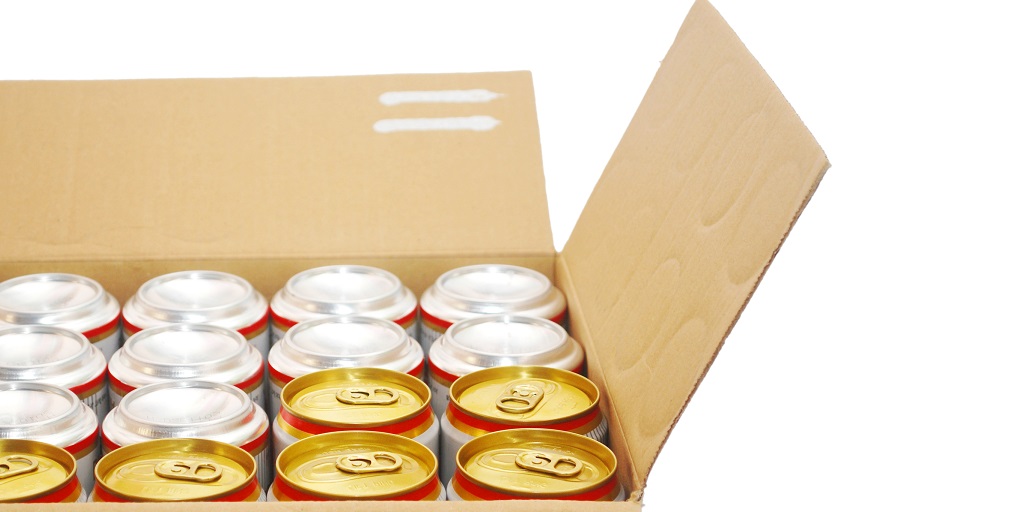
Budget beer up during lockdown

Independent craft beer faces challenges according to data from the IRI, Big Data and Consumer Insights IRI Worldwide which has highlighted the move by consumers to larger packs and lower-priced beer during the COVID-19 pandemic.
According to data from the IRI Big Data and Consumer Insights report, panic buying at the end of March, leading to a temporary surge in alcohol sales, highlighted emerging consumer trends as values, motivations and buying habits change.
Daniel Bone, IRI Insights Director, said that the beer segment enjoyed the strongest alcohol category uplift during this spike – showing growth of 60 per cent for the last week in March from the lowest base in comparison to wine and spirits.
However independent players are facing “considerable challenges” he said, as the move to value and bulk beer favours bigger brewers such as Lion and Carlton & United Breweries.
The analytics and insights firm said that this shift is likely driven by the perception of volume for value during a period of perceived limited access to stock, and as consumers are becoming increasingly conscious of household budgets.
Changing habits and brands
During the surge in alcohol sales at the end of March following the federal government’s mandatory venue closures, more Australians were buying liquor.
They were buying more often and in greater amounts due to the change in what the IRI called occasion buying and shifting household dynamics.
As these trends emerge, it said, it likely will have implications for category preference, pack size and value choices over the medium and long term too. Unsurprisingly, consumers have favoured bulk buying over the three weeks from 22nd March, it said.
Consumers buying beer by the case grew considerably, taking 91.6% share of the category for packaged beer during the period, it said.
IRI said it was uncertain if this behavioural shift could inform longer-term buying habits, but it was a trend also revealed in Beer Cartel’s 2019 Australian Craft Beer Survey last year which found that beer drinkers wanted bigger pack sizes, despite independent brewers moving towards 4-packs and cartons of 16.
The report suggested that the ‘premiumisation’ trend which led to major breweries investing in craft beer businesses may subside if a wider proliferation of customers remain budget conscious for the foreseeable future.
Demand for independent craft beer may be impacted in the short to medium term as consumers become more budget driven, it said.
This move to bulk and value options was evinced in BWS and Dan Murphy’s owner Endeavour Drinks as well as Coles Liquor’s quarterly results posted last week. With customers moving away from premium brands and towards value-orientated items.
However despite consumer habits favouring big brewers, independent brewers are rising to the challenge and investing in their own consumer-friendly formats.
WA’s Otherside Brewing Co invested in an ‘affordable’ beer called Plan C very early on in the crisis, and Brisbane’s Ballistic Beer followed suit.
According to the IRI there has also been a shift to Australian brands, however this may be driven by price and the perception that international products are more expensive. Australian made beer rose to 82.3 per cent of market share, up from 81 per cent.
Corporate outperforms independent craft
“Corporate craft” is outperforming independent craft IRI found, as mainstream beer is seen to be more affordable and is a “known quantity” which comes with less risk in comparison to independent beer, it said.
Big established brands and value choices have been favoured through the peak of panic buying, which has brands such as XXXX Gold,One Fifty Lashes, Great Northern, Corona and Asahi Dry making the top five beer brands for the last two weeks in March in terms of unit growth.
This moved towards lower alcohol brands in the Heineken 0.0, Carlton Dry, Tooheys Extra Dry, Carlton Zero in addition to Great Northern in the first full week of April.
The IRI Big Data and Consumer Insights said that in comparison to corporate beer, “expensive” independent craft could be considered a luxury that people can live without during uncertain times, in which consumers are less likely to want to experiment.
Many independent brewers are struggling, the report said, and are hurt by the closure of their own on premise facilities in addition to those they supply to. In the short term, it said, cheap kegs are likely to flood the market.
“Without government support we may see a considerable rationalisation of craft brewers,” Daniel Bone said.
“As a result we would see a lot of taps in the on-premise open up for the big brewers to fight over.”
It also said that if there is tax relief for smaller independent liquor businesses, there could be ramifications for the future of the industry.
Alcohol sales
Figures over alcohol sales and worries over alcohol consumption have been contentious in Australia and across the world.
As has been shown by numerous datasets including from Alcohol Beverages Australia, there was a spike in unit sales at the end of March (week commencing 22nd) before it returned to just above pre-spike levels by mid-April.
However whilst packaged alcohol sales did go up according to the IRI, this spike was still 30-40% lower than the week leading up to Christmas in terms of unit sales, and total alcohol spending has taken a hit, driven by the closure of on-premise.
Wine and beer have both fallen back considerably since 12th April, said the IRI, as customers are likely to be well stocked from the previous strong weeks.



